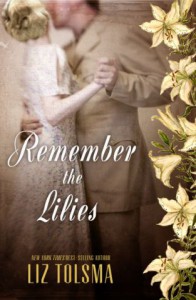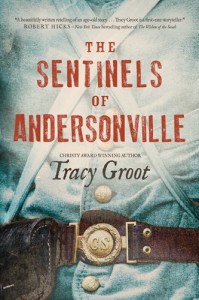Last week I enjoyed a different perspective on the Arizona Pine Trailhead trail.
Although a kazillion views of trees surrounded me, this one warranted a picture, an uprooted specimen with large rocks imbedded in its roots.
Wow, the parallels we could draw! But one simple fact intrigues us–the roots still cling to these rocks. Even though the tree’s been pulled from its moorings, its moorings stuck to it.
Ain’t that the truth about us? We may try to outrun our history, but no matter what, there it is. For example, we’ve known a man for over thirty years, and his choices have baffled, disappointed, and sometimes infuriated us. But just today, I heard about his mistreatment at the hands of a severe father. Life-threatening abuse.
This doesn’t excuse our friend’s decisions, of course, but realizing the rocks imbedded in his roots reminds us there are reasons for his behavior. Those physical, emotional, and verbal beatings he suffered as a kid still resonate in his inner being, though his father died long ago and he’s now a grandfather himself.
Later on the day of my hike, I was wandering in our yard and came upon this sprightly bit of cheer. Nothing as yellow and encouraging as a daffodil.
There it was, blooming its little heart out, right in the treacherous path of elk and deer and javelina.
But somehow, it survived and testifies to the other side of things–one can grow up in nasty danger and yet thrive.
Patricia Evans, a pioneer in the field of verbal abuse, has something to say about this.
“Although people subjected to verbal abuse can recover, the confusion, pain and loss are beyond counting. Childhood anguish can, however, count for something: It can be transformed into the passion and determination needed to take a stand against verbal abuse and for awareness and life. This stance can be put to good use, to bring awareness, to save countless others from the relentless erosion of their self-perception, their personal reality, their minds.” —
Patricia says, “This is an excerpt from my next book, readers will discover how to protect their children from verbal abuse. It will be announced this year, on www.verbalabuse.com.”
Our characters may have a backstory of abuse that figures into their present behavior. A couple of my women’s fiction novels feature heroines facing such after-effects. Whether it’s in 1870 Arizona Territory or at the eve of World War II, healing takes time–sometimes a great deal of time. But these women conquer and I can’t wait until you all can meet them.
And if you have questions for Patricia, please feel free to ask and/or visit her site, which has many helpful resources. Thanks for stopping by.


















